How Remanufactured Parts Can Help Preserve Your Compact Equipment
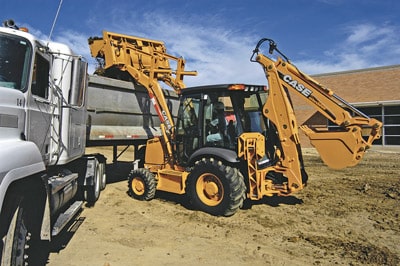 Running a construction or landscape business is a balancing act. Successful companies make it a science — the ability to counterbalance assets, employees, liabilities and equity with smart bids, profitable projects and incoming cash. A big part of that juggling routine is properly managing your assets, things like construction equipment. Machines from skid steers to mining trucks are huge economic resources that can make or break a balance sheet. These assets must be utilized and managed wisely for a company to succeed and grow.
Running a construction or landscape business is a balancing act. Successful companies make it a science — the ability to counterbalance assets, employees, liabilities and equity with smart bids, profitable projects and incoming cash. A big part of that juggling routine is properly managing your assets, things like construction equipment. Machines from skid steers to mining trucks are huge economic resources that can make or break a balance sheet. These assets must be utilized and managed wisely for a company to succeed and grow.
Often, that success is measured in longevity. How long can you keep your equipment running before buying something new? Basically, how can you balance the purchase price, taxes and operation and maintenance costs of (let’s say) an excavator vs. its productivity, utilization, longevity and resale value? It’s a complex formula, but a company can perhaps tip the scales of success into its favor by properly maintaining equipment as long as possible, specifically with the help of price-minded services like remanufacturing (or reman for short). Instead of buying a new part, remanufacturing is a process that starts with a worn component, known as a core, and restores it to “like-new” condition in terms of performance and reliability.
“In most instances, it is significantly less for the reman vs. the new component,” explains Jerome Hall, product manager for Volvo Construction Equipment. “The percentage varies some depending on the component, but typically it will cost between 50 to 60 percent less vs. new parts prices. So, the first advantage to going with a remanufactured component is price, followed up with a great warranty for that peace of mind if it fails. The work performed to rebuild those components is always done by certified individuals. The contractor should start with their local dealership. Ask them for an evaluation or inspection to be carried out on the machine in question, and from there you can generate a quote for the overall repair.”
Relying on Reman
It’s no secret: Pricing for new equipment is at an all-time high because of the addition of Tier 4 Final emissions systems on diesel engines for off-highway construction equipment. The EPA has mandated that every manufacturer selling machines in America must have progressively cleaner, but fairly expensive Tier 4 engine components on new machines — things like diesel particulate filters, diesel oxidation catalysts and select catalytic reduction systems. They sound fancy, huh? Well, that fancy’s going to cost you. Tier 4 Final engine systems can jack up the machine price by 15 to 30 percent (or higher), depending on the category. So, perhaps by embracing new equipment philosophies for old equipment (like reman), your company could save a few bucks on that balance sheet. In fact, reman engines are a great place to start.
“Caterpillar actually started its remanufacturing business in the on-highway truck engine market. We successfully grew the business from that base,” says John T. Disharoon, director of market access, remanufacturing, components and work tools at Caterpillar. “Our remanufacturing facilities receive old cores from our dealers, and then they are torn down and rebuilt to original specifications plus any updates that may exist for those specific models.”
Reman services are a growing prospect for both owners of aging equipment and manufacturers, dealers and third-party services looking for new revenue sources down stream of buying new.
“Buying and using remanufactured parts is definitely an OEM approved way of lowering the cost of ownership,” says Kurt Coffey, director of sales and marketing at CNH Industrial Reman. “Remanufactured parts are competitively priced, offering a great value while ensuring peak performance. Every part that comes through the plant, whether it’s an alternator, an engine or a transmission, is tested throughout the remanufacturing process. At the end of that process, each part then receives a final pass/fail test to ensure the customer is getting the best possible part and to avoid any problems in the future.”
CNH Industrial — the folks responsible for Case IH, Case Construction Equipment and New Holland machinery — invited us down to its reman facility in Springfield, Mo., last November for a tour. CNH Industrial Reman began in 2009 as a joint venture between CNH Industrial and Springfield Remanufacturing Corp. (SRC). The company has grown from nine employees to about 250 and has spent $11 million on capital improvement to enhance capabilities in that time.
The company’s product catalog has grown from 1,500 to more than 4,000 parts, so as you can see, demand for reman is growing aggressively.
Of course, companies have been doing this for a long time. For more than 40 years, Caterpillar has expertly remanufactured key parts and components for diesel and natural gas engines, turbines and construction and mining equipment. The Caterpillar Remanufactured products portfolio includes more than 7,200 part numbers that range from complete engines to short and long blocks, cylinder heads, crankshafts, flywheels, camshafts, fuel pumps, turbochargers, drivetrains, torque converters, hydraulic cylinders, radiators, air compressors and ever onward.
“Typically, an investment of Cat Remanufactured products is 40 to 50 percent of the cost of corresponding new products, with the added benefit of the exact same warranty as a new product,” says Disharoon. “It’s important to note that remanufacturing is more extensive than rebuilding. Our technicians return end-of-life components to original factory-fresh performance standards, including engineering changes. We use state-of-the-art salvage techniques, strict reuse guidelines, advanced manufacturing systems and quality control systems to deliver good-as-when-new products. And by reusing much of the original components, remanufacturing conserves most of the energy consumed in the original manufacturing process, further helping to lower owning and operating costs and lessening the environmental impact at the same time.”
Reman products sound cool, but how does the process work, exactly? Well, remanufacturing is based on an exchange system whereby you return a used component (core) in return for a remanufactured product. Here’s how Caterpillar breaks it down:
Inspection: Upon return of the core, it is inspected for salvageability and the “core deposit” is refunded. Typical remanufactured products include engines and engine components, hydraulic components, transmissions, final drives and steering clutch and brake groups among others.
Disassembly: “The core is completely disassembled into its constituent parts, down to every individual nut and bolt,” says Disharoon. “The parts are cleaned using environmentally friendly processes, then inspected for remanufacturability using pretty detailed criteria.”
Applied remanufacturing technology: The individual parts are remanufactured to exact specifications to ensure that they provide the same quality, reliability and durability as they did when they were new.
Engineering updates and production assembly: All appropriate engineering updates since the component was originally manufactured are included. Remanufactured components are assembled from the finished remanufactured parts.
Like-new quality and warranty: The component is tested, painted and made ready for sale as a reman product.
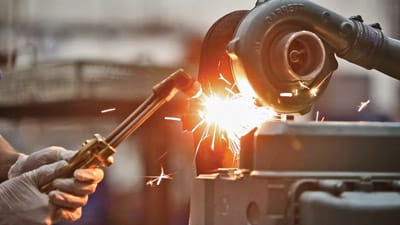
Generally, a customer will perform scheduled maintenance and be aware when a major component is near the end of its useful life. They would then place an order for a remanufactured product through a dealer (like this turbo).
Getting Started
So, you’re sold on reman, but you’re still wondering about the first step. Well, since the remanufacturing program is based on an exchange system whereby you return a used component (core) in return for a remanufactured product, you will need to plan ahead.
“Generally, a customer will perform scheduled maintenance and be aware when a major component is near the end of its useful life,” says Disharoon. “The customer would then place an order for a remanufactured product through his or her dealer, where it is often already available off the shelf. The customer is charged a core deposit at transaction, which is traditionally the difference between the new part price and the reman price. The core deposit is usually refunded upon return of the end-of-service life component or core after the repair is completed.”
Typically, it’s cost prohibitive to reman an entire machine — especially when considering compact equipment like skid steers and compact excavators — but it can be done. The machine would be completely stripped down and put back together with new parts.
“Typically, for a compact machine, the powertrain components would be replaced with reman — all hydraulic hoses, pumps and motors replaced,” explains Hall. “The cylinders would be rebuilt. The cab interior would be made over with a new operator’s seat, and any safety equipment broken or missing would be replaced or installed with new decals and paint if desired. Typically, Volvo CE does not perform compact equipment rebuilds due to the cost structure. These can mostly be cost-prohibitive, meaning that the customer needs to determine if the rebuild price is cost-effective when comparing it to the price of a new machine acquisition.”
While companies like Volvo, CNH and Caterpillar often do not remanufacture complete vehicles, their dealers often actually offer “certified rebuild” machines that undergo a similar transformation, including machine disassembly to the frame and a rebuild from the ground up. These certified rebuilds use the exact same reman process, and they can be purchased new (to you!) at significantly lower prices. And before you step onto the dealer lot, remember one last thing: Reman parts and used parts are not created equal.
“In years past, remanufactured parts were commonly associated with used parts,” says Coffey. “However, in the last five to 10 years, that stigma has faded away due to increased education on the environmentally sound processes and testing that goes into remanufacturing exceptional parts. For those reasons and lots more, remanufactured parts have become a great option for equipment owners to consider.”

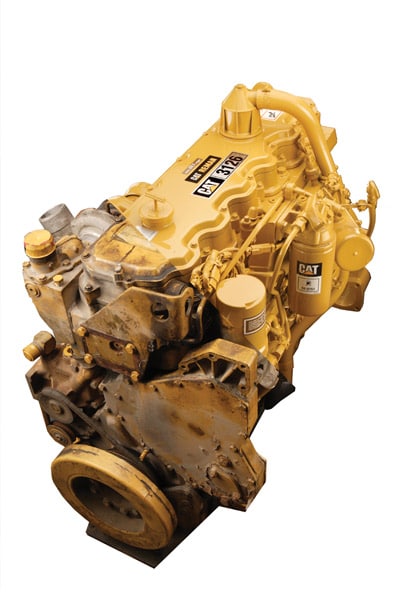
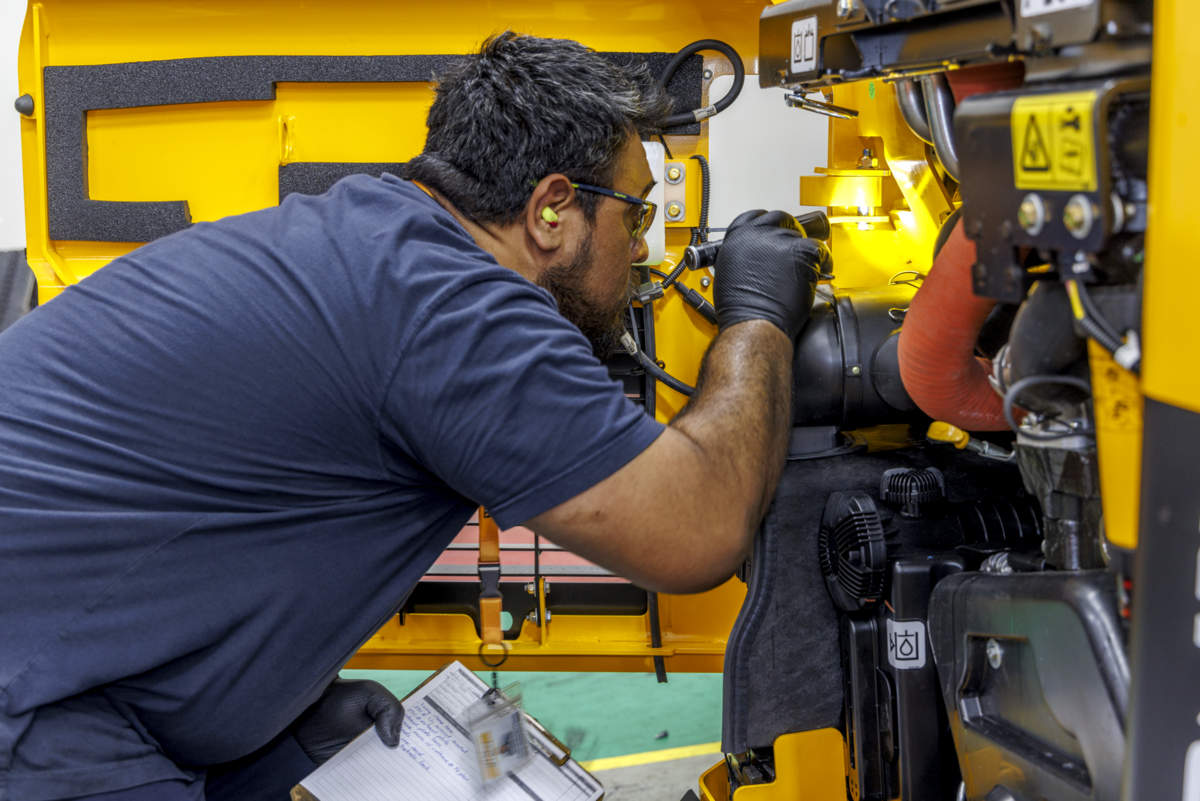
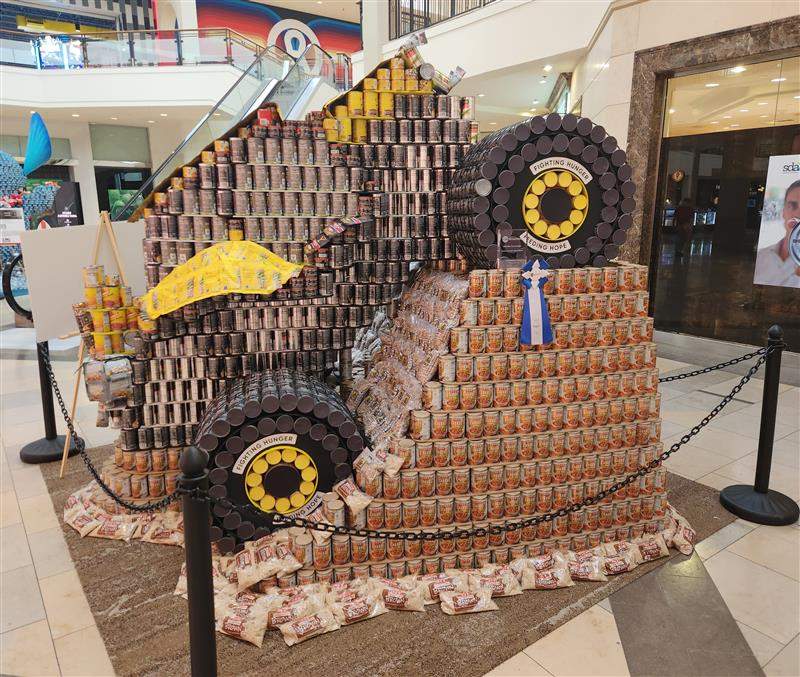
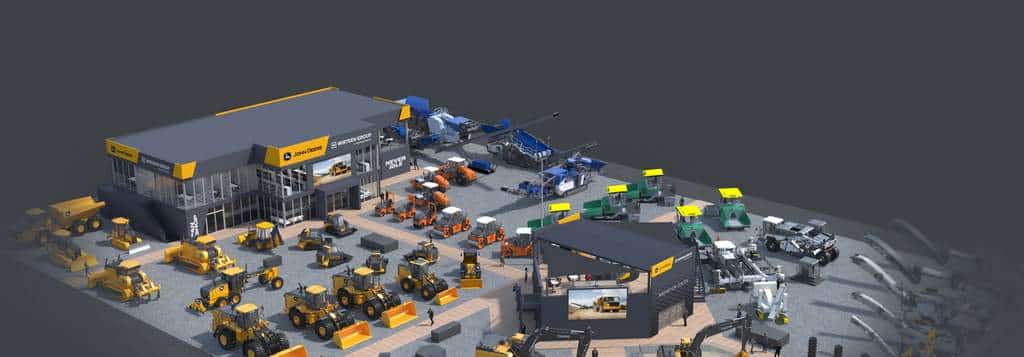

Comments are closed here.